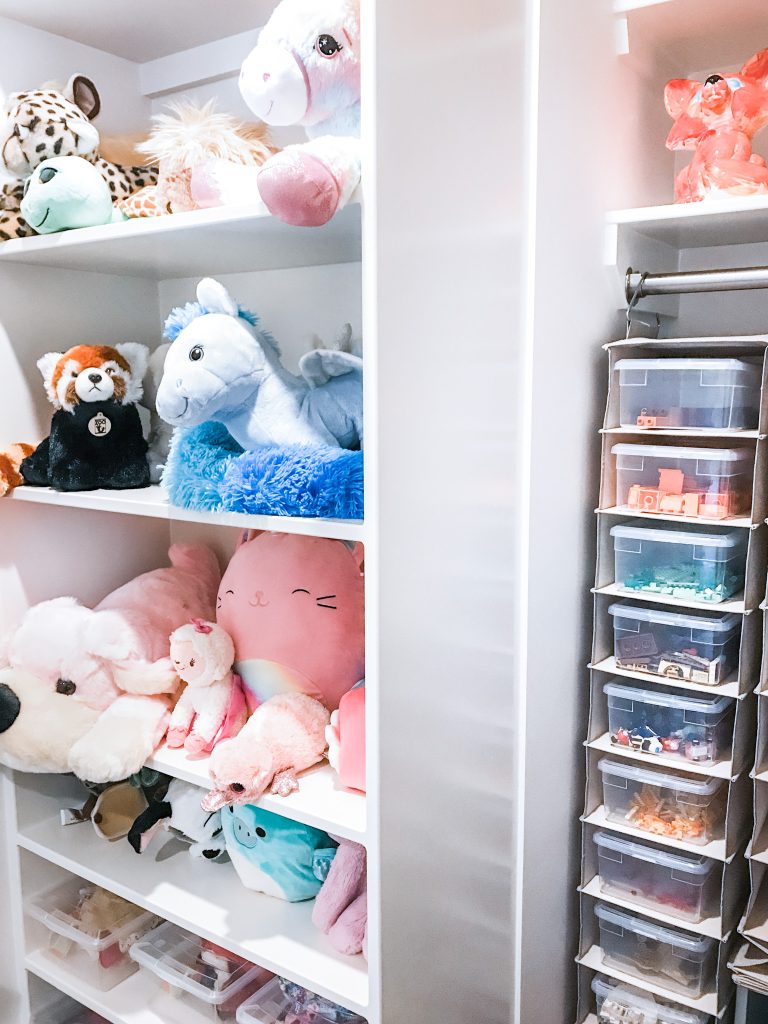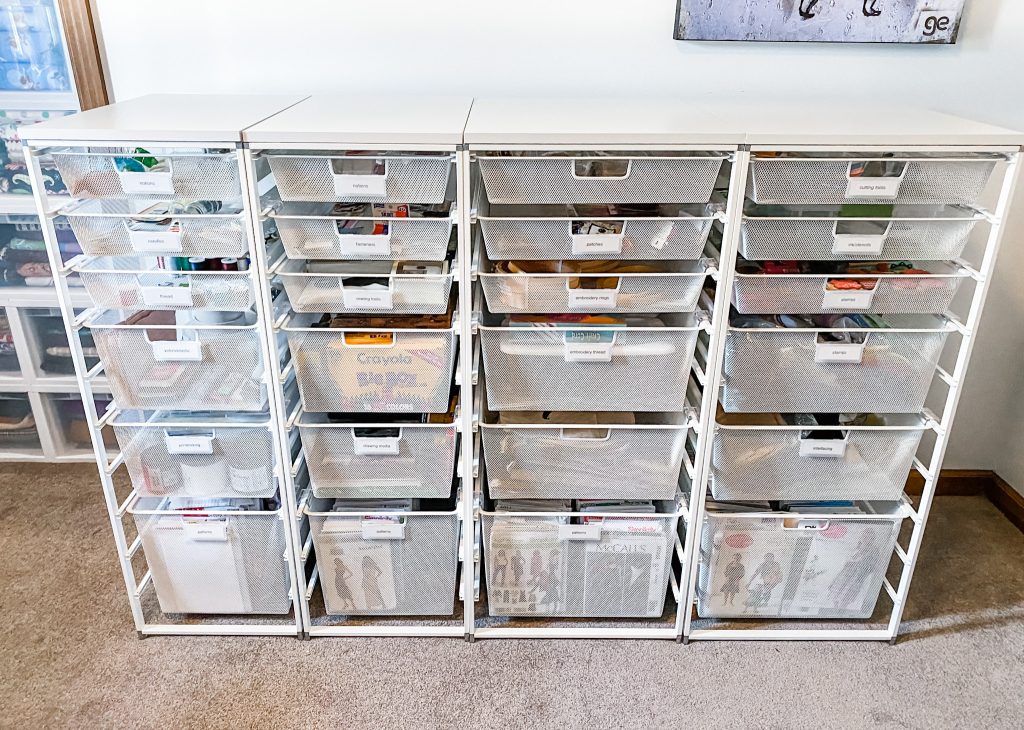Organizing spaces for kids using Montessori method – why we love it!
We love the Montessori method when organizing kids spaces. Playrooms & kids rooms are honestly just so much fun to organize because they are so cute when finished! And with today’s world, creating functional spaces for kids is kind of critical right now!
When we work with kids spaces, sometimes it is challenging because kids accumulate SO. MUCH. STUFF.
The process for organizing starts out the same as a typical organizing project: sort, edit, contain. Editing with children can be challenging but working through this at a younger age helps develop critical thinking skills and independence which is we are such fans of it. The best way to do this is to take one category at a time and do a first pass through yourself for things that are broken/damaged/etc. Then give them a few options: keep, donate, give to others, or put in a memory bin. Having someone you can hand down to can be a great incentive, as is helping those in need so finding a specific place to donate to can be really effective (such as an animal shelter, a food pantry, veterans organization, or the like).
But then we like to take it in a direction that really helps kids thrive in their space.

Avoid Overwhelm
Children can get overwhelmed easily – it may seem that giving them free reign over their space encourages creativity but we have found that it actually stifles it. Have you ever seen a child go into a cluttered space and pull out one toy – then go to another room to play with it? This tells me that there’s too much going on in that space and they can’t focus or relax. Studies have shown that too many choices means that often a choice isn’t made which then leads to a child being ‘bored’. And when there is too much cluttering up the space, less creative play happens. Same thing with homework zones – tons of supplies and too many choices can paralyze some kids and make them not want to be in a space. And we also like to keep in mind that many kids (and adults) are ‘out of sight, out of mind’ which is why clear storage and/or labels are your friends.
The following tips are my own adaptation of how we incorporate Montessori method into our finished projects for kids:
- Minimize the volume of any given group (this means they don’t need multiples of everything or every style or color).
- Create definitive zones in each space. For most kids in a playroom or family room, we set up a reading nook, a pretend play area, arts & crafts, kitchen/legos/trains/dolls/etc (specific interests), dress up, etc.
- Minimize what is in the bedroom. We like to stick to sleeping, reading, dressing and books. Plus stuffed animals….
- Streamline accessible items in a homeschool zone to reduce distractions. A simple lazy Susan holds pretty much all they’ll need, and a clear desktop.
- Set up systems that make it easy for kids to get things out and put them away like easy to operate drawers or open shelving.
- Keep everything down at the kids level that they need to access. This means low shelves, floor baskets, kid sized tables/chairs, etc.
- Only keep accessible what you want them to access. We like to create a backstock/storage zone in a closet or cabinet to replenish areas when things get used up. Having everything out all at once can lead to a hot mess in a hot minute.
- Use labels that have photos as well as a large font for beginning readers.
- Create rules and post them. This can be in each zone or for the space as a whole.
- Tidy up with the kids not for the kids. Ideally they can do it themselves but guiding them through the process teaches them how to do it.
- Create a space to display treasures and creations. We often use a floating shelf, art wires to clip drawings or a bookshelf dedicated to this.
- Set up a memory bin for each child to collect things that you’d like to keep but don’t need to be displayed. Make this easily accessible to you and edit regularly.

Funnily enough, we actually use Montessori principles for grown ups too! Just about all of these guidelines are applicable to most any space. Check out our recent newsletter for more tips: Back To School = Back to Schedule!
Do you apply these principles or have additional tips? Share!


